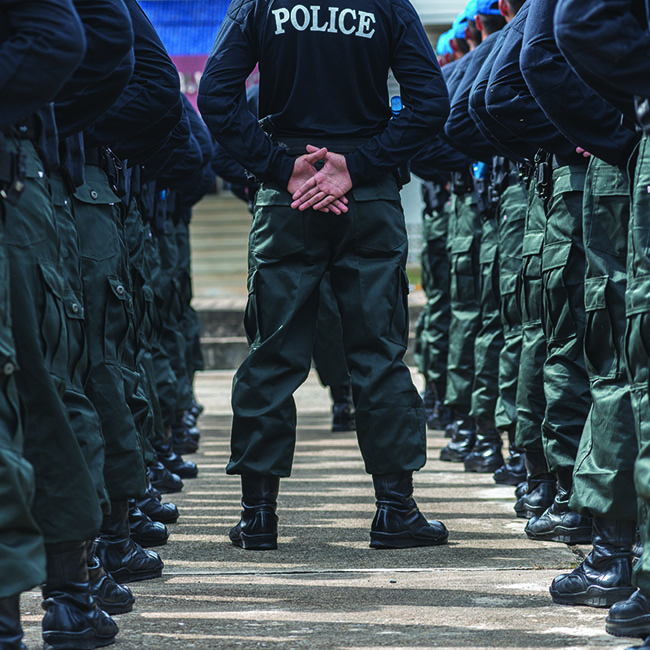Interconnectedness within crime and terrorism
The research arm of the Ministry of Justice and Security (WODC) recently published an Ecorys study that examined how organised crime and terrorists get their firearms.
This was done using an SNA analysis on a large case study. The research was conducted in collaboration with Bureau Bruinsma.
Tackling jihadism is a spearhead of Dutch anti-radicalisation and counter-terrorism policy in which there has been another major investment in recent years. To prevent terrorist attacks like the one in Paris in November 2015 (with 89 deaths at the Bataclan theatre alone), it is vital to understand how (jihadist) terrorists get their firearms. To this end, do they appeal to ‘traditional’ networks within organised crime, or do they draw on their own sources? To answer this question, it is important to understand the structure of cooperation within terrorist organisations and organised crime, and to investigate whether and to what extent they are intertwined. To investigate this, Ecorys and Bureau Bruinsma have been appointed by the Ministry of Justice and Security.
Later, much attention was also paid to the added value of social network analysis aimed at monitoring such intertwining. This adaptation resulted from the observation that some recent case studies already provided sufficient confirmation that the two worlds – organised crime and jihadist terrorist groups – converge in various ways.
The case analysis shows that the social network structure is highly fragmented: no concrete demarcated terrorist network was identified. However, several sub-networks were recognised in which a number of terrorist suspects are in contact with a larger number of criminals (suspects or convicted). Based on the findings, there seems to be a direct relationship between criminal networks and jihadist groups. The vast majority of terrorism suspects have a criminal past. European jihadists who were able to obtain a firearm have a criminal profile themselves and bought the weapon from persons they know from the criminal milieu. As yet, no ‘jihadist’ firearms trading market has been identified at EU level alongside a ‘criminal’ market; the two overlap. With the science on the international and European context as background, the research team explored the added value of a Social Network Analysis (SNA) on this topic for investigative agencies. Based on a tour of various sections of the National Police dealing with this issue, it found that for many reasons, SNA is currently used to a limited extent.
By elaborating on the social network of suspects, links are identified that can guide threat assessments and prioritisation of certain individuals. Taking this up on a structural basis allows for sharp prioritisation and thus efficient use of time and resources. Regular cross-checks of insights and monitoring from different areas of expertise can lead to identification of overlap in phenomena not previously in view, increasing understanding of, and grip on, the themes highlighted in this study.

18 February 2019
2 minute read
Services
Key Experts
Gabriëlle op 't Hoog
Senior Consultant
Mike Beke
Principal Consultant



